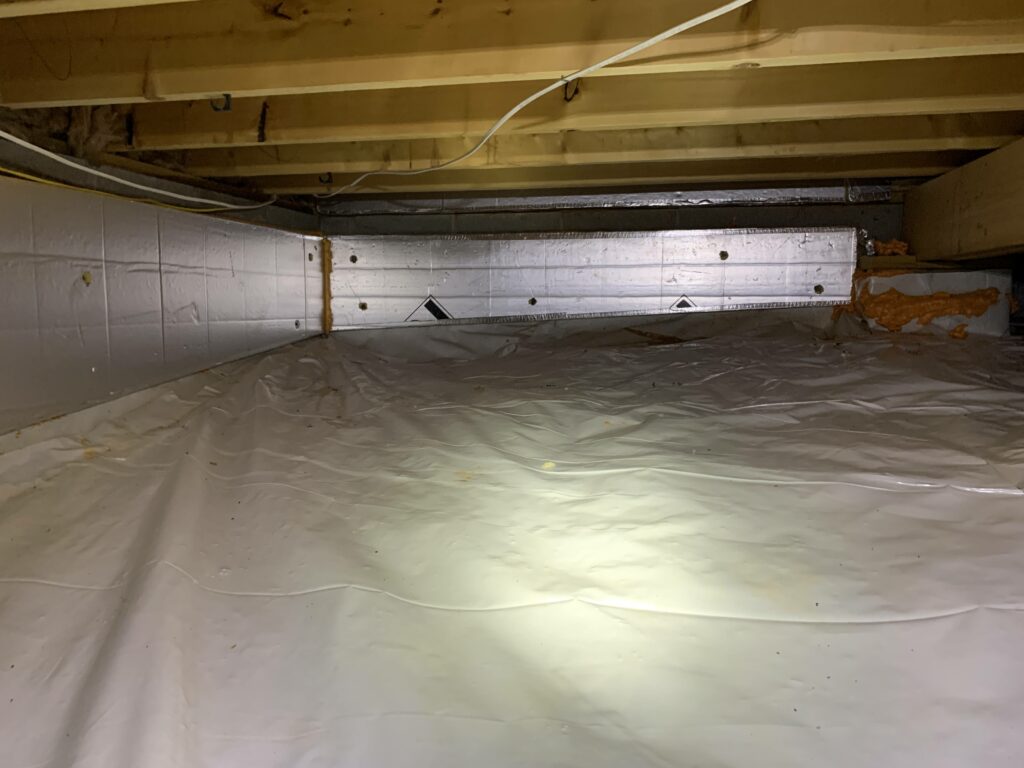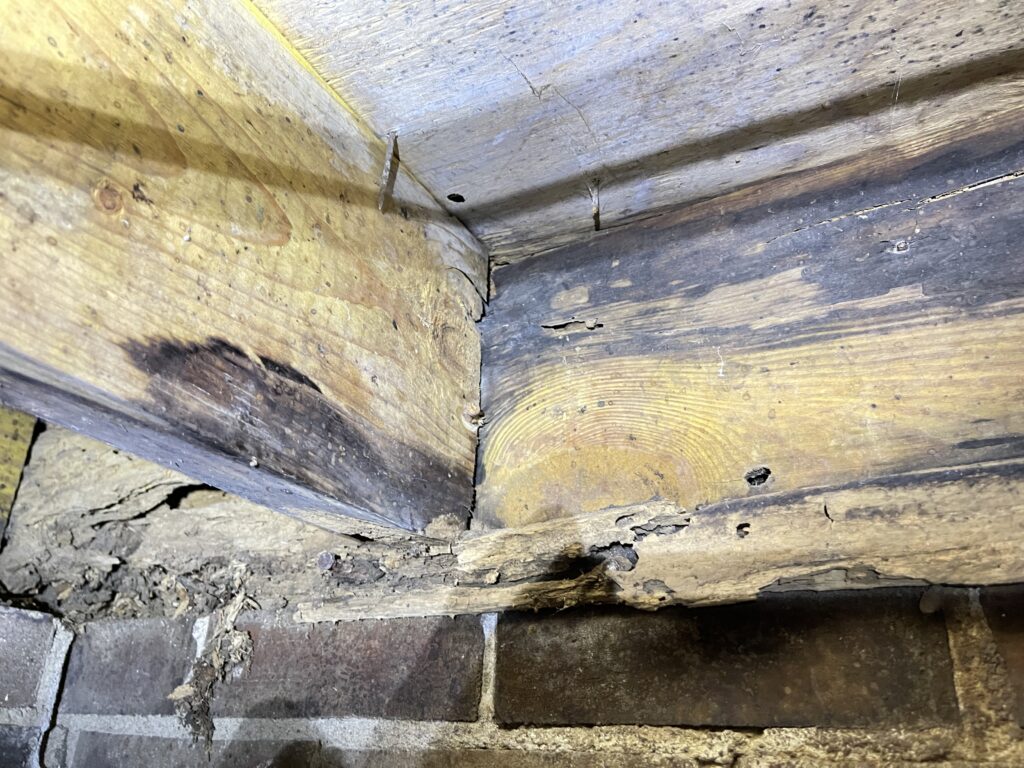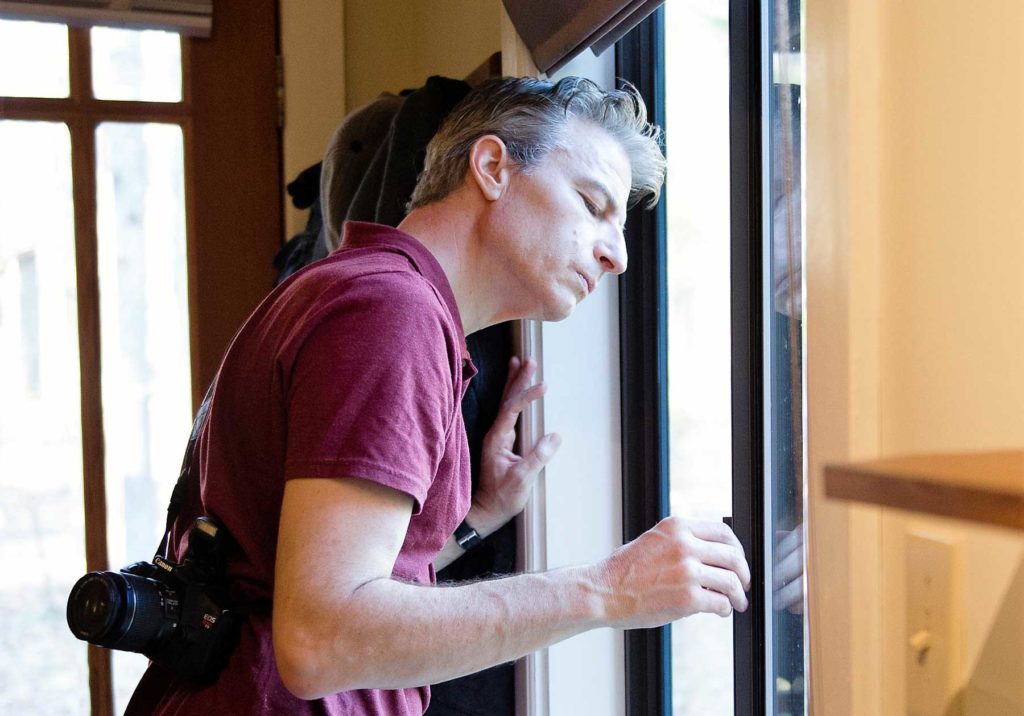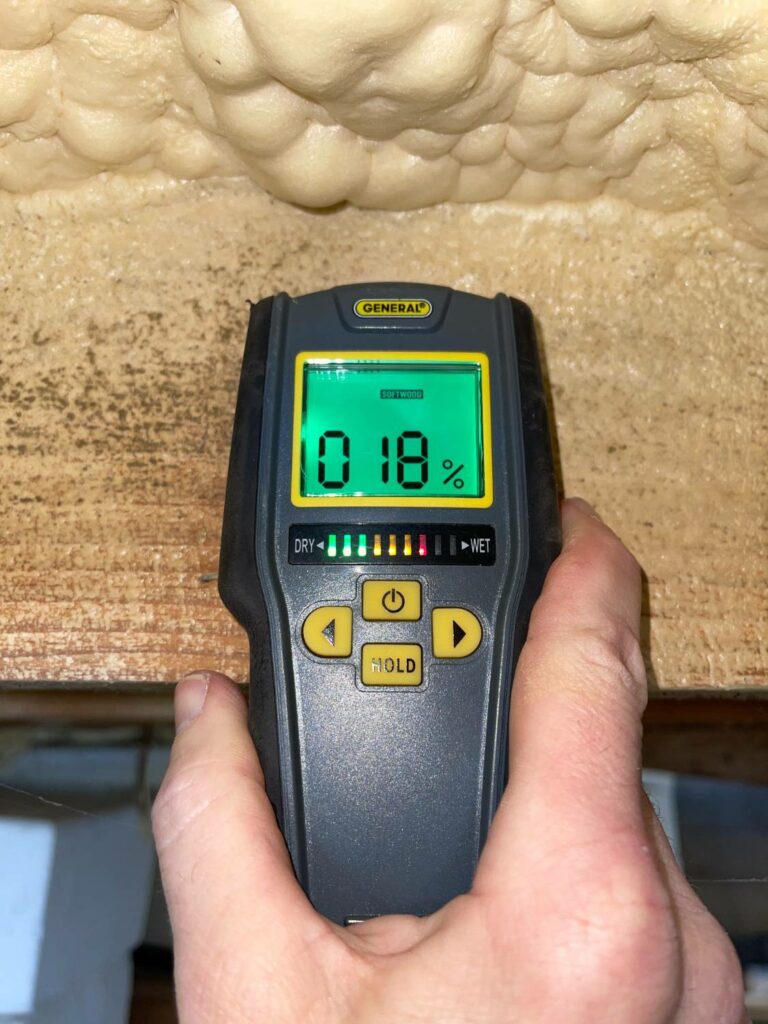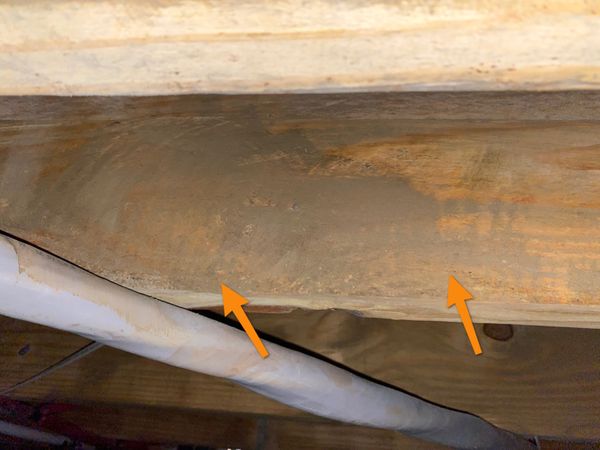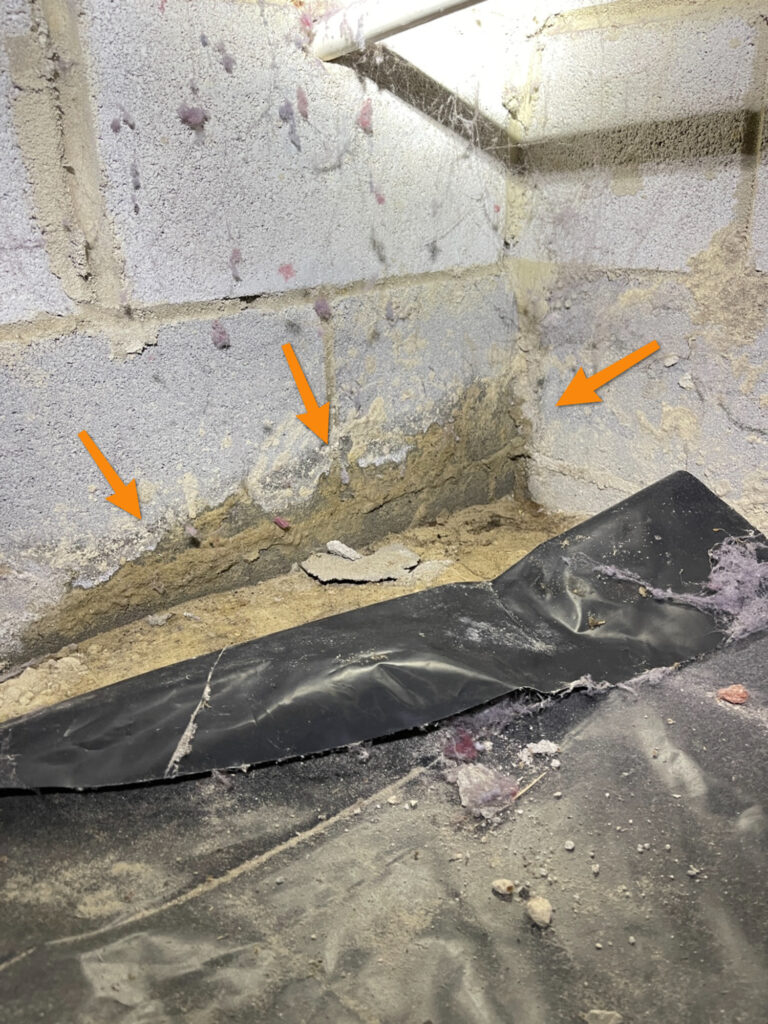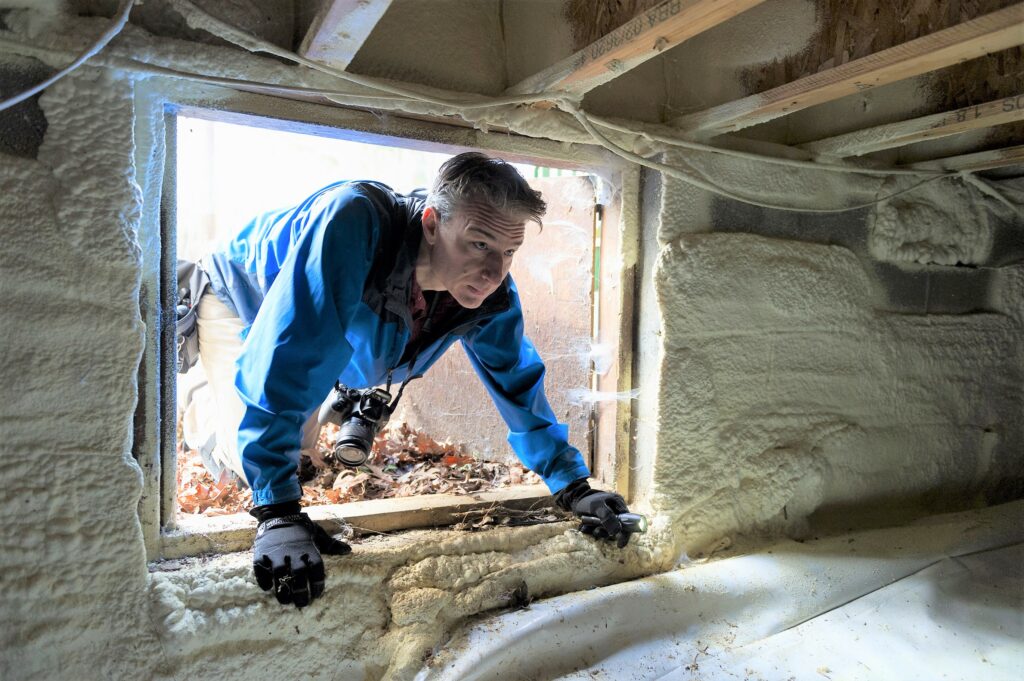Crawl Space Tips
Did you know that having an adequate vapor barrier in your crawl space (one that reaches each corner of the crawl) is one of the easiest and best ways to reduce moisture in the crawl? It literally says it in the name – vapor BARRIER. You want a nice dry crawl space so that your […]

